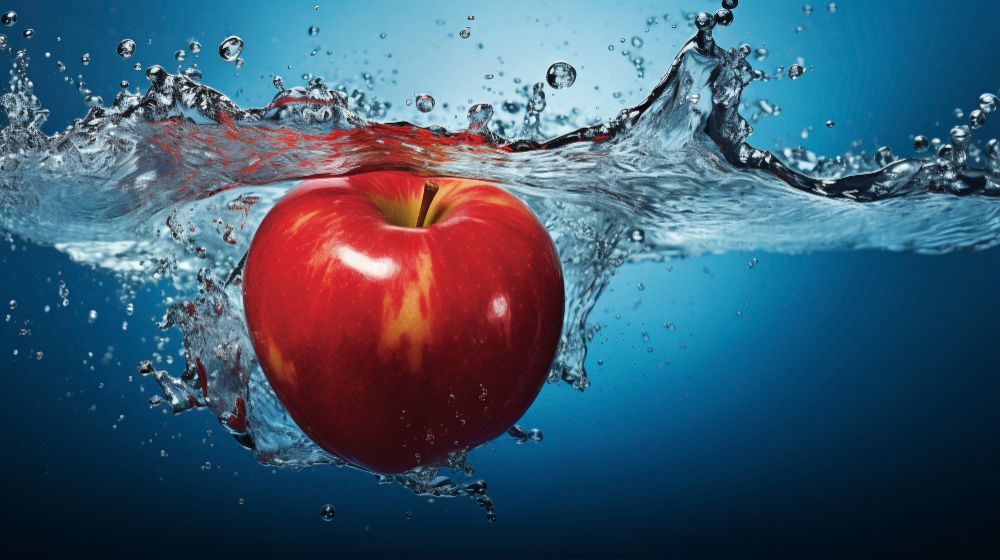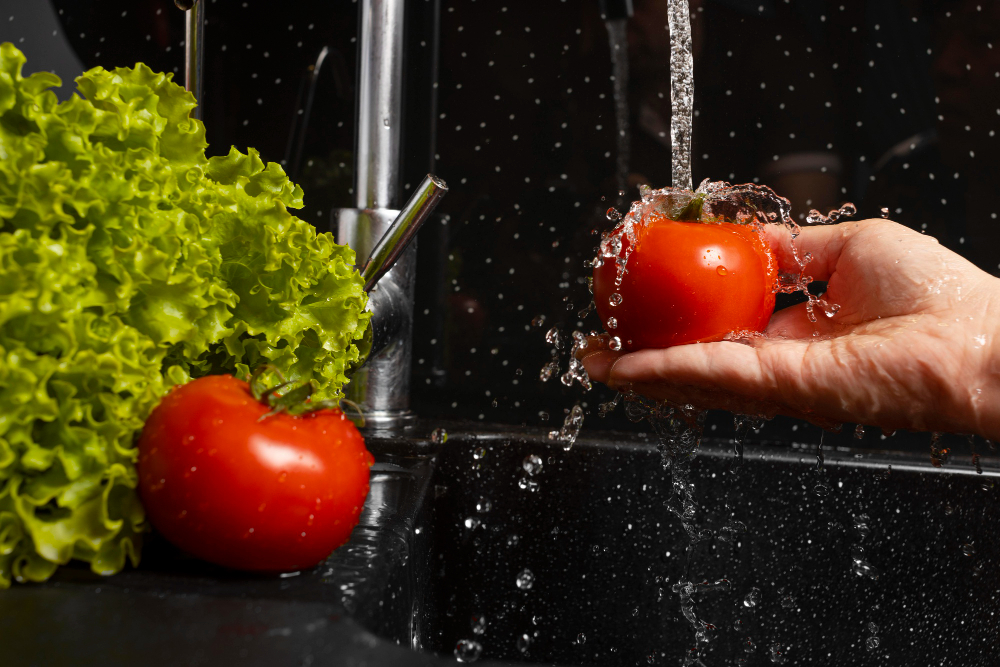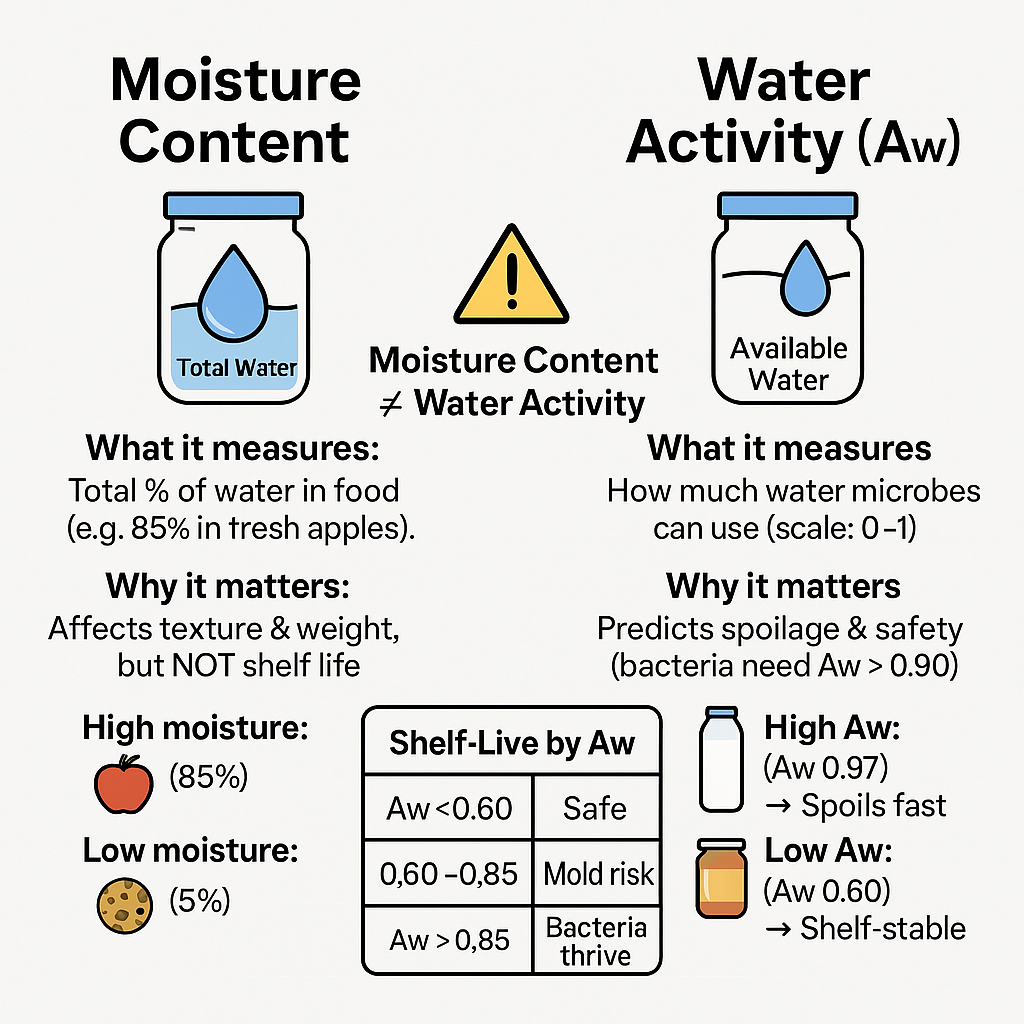When it comes to water in foods, two values are important to recognize – water activity and moisture content.
Both of these terms measure something about the water in products, yet they are used entirely differently in the food industry.
For example, when I’m consulting with new food entrepreneurs, I always recommend we test the water activity of the product early on in the development phase. Moisture content, not so much. It’s good to know, but it’s not a requirement for me.
That’s because only water activity is related to shelf life. Moisture content is not.
So, let’s dig into the difference between the two values.
💡 Want to dive deeper into food science fundamentals? My Food Science for Beginners course covers key topics like water activity, food preservation, and ingredient functionality—perfect for students, professionals, or anyone curious about the science behind their food! Check it out here.
Moisture Content: How Much Water Is in a Food?


Moisture content (or water content) is exactly what it sounds like – the total amount of water present in a food. It’s typically measured as a percentage of the food’s total weight.
For example:
- Fresh apples are about 85% water
- Bread contains around 35% water
- Dried pasta has less than 12% water
Water Activity: How Available Is the Water?


While moisture content tells us how much water is in a food, water activity tells us how much of that water is actually available for microbial growth, chemical reactions, and texture changes. It’s measured on a scale from 0 to 1, where:
- 00 = No available water (completely dry, like salt or sugar)
- 00 = Pure water (all water is available)
Now, just because a food has a high water activity doesn’t mean it also has a high moisture content (or vice versa). Remember, these are two separate measurements.
For example, honey and jam have high moisture content but low water activity due to their high sugar content, which binds the water and makes it unavailable for microbes.
On the other hand, a cracker has low moisture content and low water activity, which helps keep it crisp and shelf-stable.
Why is Water Activity More Important Than Moisture Content?


Although moisture content and water activity are ways to talk about water in foods, only water activity correlates with microbial growth, chemical reactions, and how long food stays good before spoiling.
Water activity – not moisture content – determines whether bacteria, yeast, and mold can grow. Even a food with high moisture content can remain safe if its water activity is low enough.
Here are a couple of key water activities that you may want to remember:
- Aw < 0.90 – Most bacteria cannot grow, but yeast and molds will grow
- Aw < 0.80 – Most yeast cannot grow, but mold is still able to grow
- Aw < 0.70 – Most mold cannot grow, all microbial growth significantly inhibited
Key Takeaways
So, while moisture content tells us how much water is in a food, water activity tells us how that water behaves. And in food science, behavior matters more than quantity!
Until next time, keep exploring the science behind your favorite foods!

